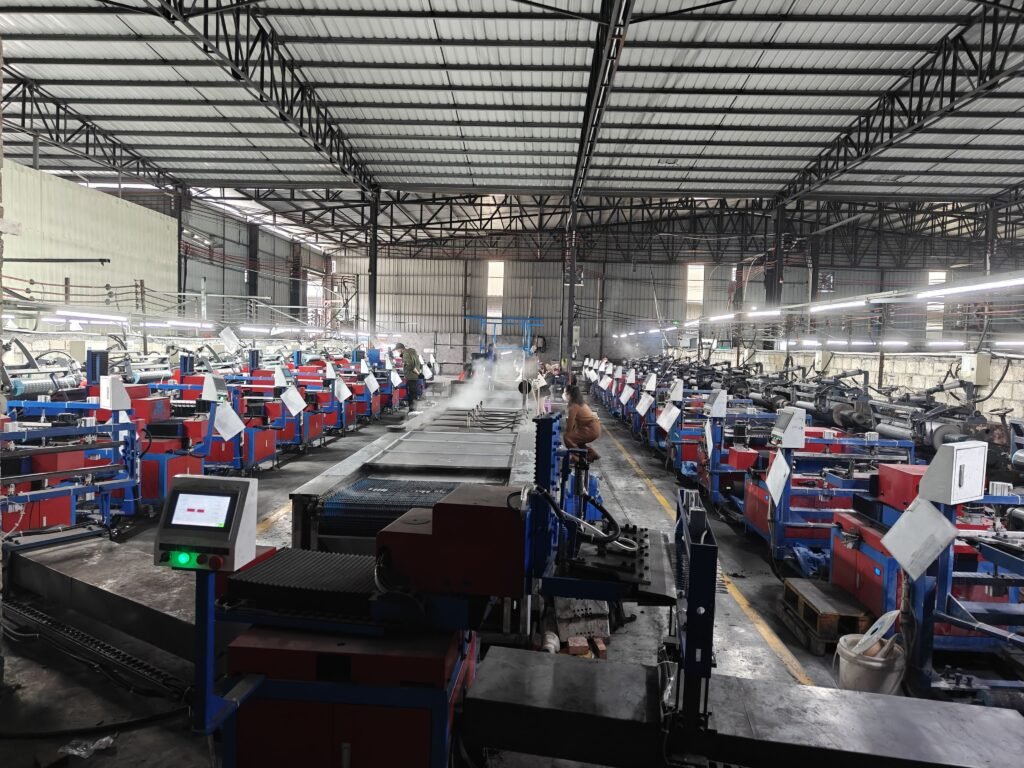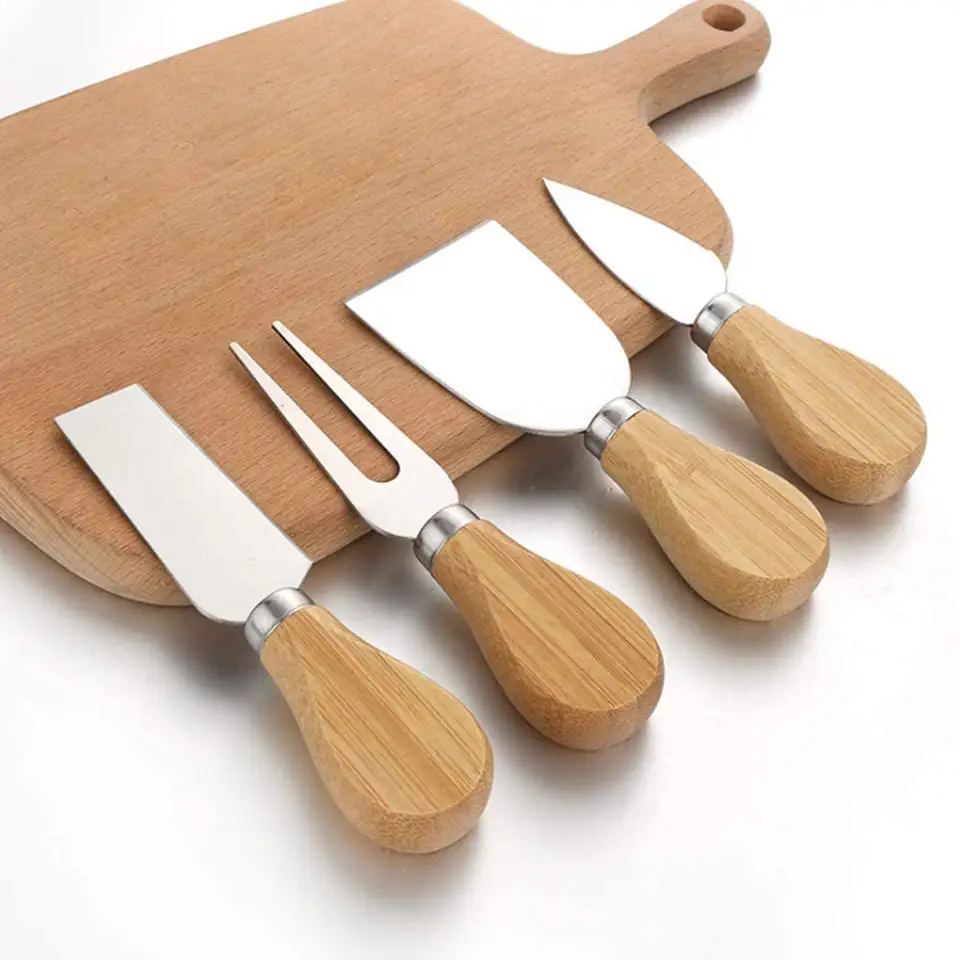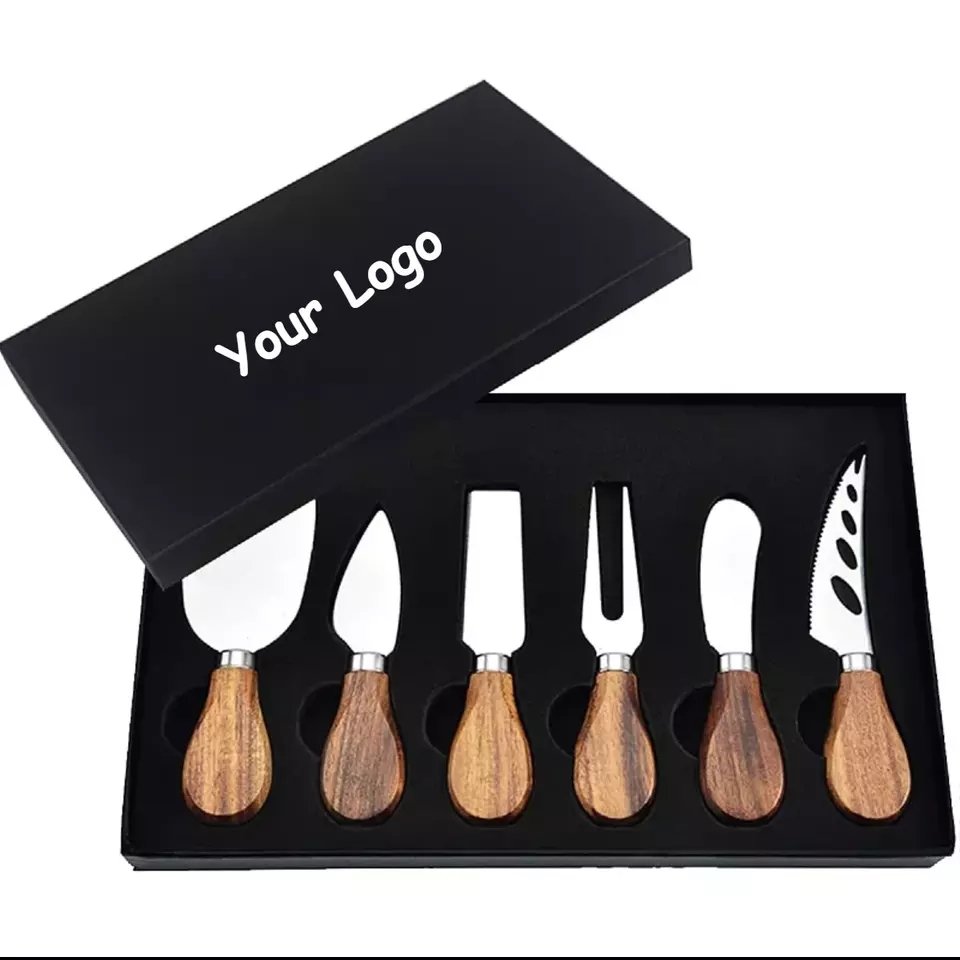Can Mexico really compete with China in cutlery manufacturing? Let’s dig into the facts before jumping to conclusions.
China offers more developed infrastructure, larger production capacity, and better cost-efficiency, making it the preferred choice for global cutlery sourcing.
Mexico is increasingly seen as an alternative manufacturing base. But is it truly a viable competitor to China, especially in the cutlery industry? In this article, I’ll walk you through the realities from a manufacturer’s point of view.
Table of Contents
Is cutlery manufacturing growing in Mexico?
Mexico has seen a manufacturing boom, especially in automotive and electronics. But what about cutlery?
Cutlery manufacturing in Mexico is growing, but it remains limited in scale compared to China’s mature supply chain.
Limited specialization
Mexico’s manufacturing strengths lie in industries like automotive and aerospace. Cutlery production exists, but it’s not a dominant category. Most cutlery factories in Mexico are small to medium-sized businesses focusing on basic stainless steel models.
China’s edge in scale and experience
Meanwhile, China has entire cities focused on cutlery, such as Jieyang. The infrastructure, from mold design to final polishing and packaging, is optimized for both large volumes and small batch customization.
| Comparison Area | Mexico | China |
|---|---|---|
| Scale of Cutlery Production | Small to Medium | Large-Scale, Clustered Industry |
| Infrastructure | Developing | Highly Mature |
| Labor Cost Efficiency | Moderate | High |
| Production Specialization | Limited | Extensive and Diversified |

My experience with Mexican buyers
Some of my clients have explored sourcing from Mexico to avoid tariffs. But in the end, they returned to China because of quality consistency, speed, and lower total cost after including logistics and tooling.
Is labor really cheaper in Mexico than in China?
Labor is often cited as a key advantage for Mexican manufacturing. But is that true?
Mexican wages are higher than China’s in many regions, and labor efficiency varies greatly between factories.
Comparing wages
According to OECD data, average manufacturing wages in Mexico are higher than those in China. But cost isn’t everything—productivity also matters.
| Metric | Mexico | China |
|---|---|---|
| Average Hourly Wage (USD) | $3.50–$4.00 | $2.50–$3.00 |
| Productivity (units/hour) | Lower | Higher |
| Training and Skill Level | Inconsistent | Consistently trained |
What does this mean for cutlery?
In my factory, we use semi-automated polishing lines and laser cutting systems. This allows us to produce at scale with high consistency. Most Mexican factories still rely on manual or semi-manual systems, which increases production time and cost variability.
Are environmental standards stricter in Mexico?
Yes, but stricter standards don’t always mean better products.
Mexico has stricter environmental enforcement, but China’s advanced production lines help reduce waste and energy consumption.
Mexico’s regulations
Mexico, being closer to the U.S., tends to align with U.S. environmental standards. That means more paperwork and sometimes more audits. But it also limits flexibility for small factories that can’t invest in green tech.
China’s green transition
China’s government pushes green manufacturing, but with more support for factories to adopt new technologies like water recycling systems, solar-powered production, and waste reuse systems.
| Regulation Aspect | Mexico | China |
|---|---|---|
| Regulation Strictness | High | Moderate to High |
| Green Tech Adoption | Slow | Fast |
| Government Subsidies | Few | Many |
| Impact on Small Factories | Restrictive | Supportive |
My green upgrade journey
Two years ago, we upgraded our polishing system to a dustless vacuum chamber model. Not only did we reduce emissions, but we also increased output by 20%. Our BSCI audit score went up, too.
Which country has better supply chain reliability?
Delays kill deals. So, which country is more reliable when it comes to fulfilling orders on time?
China offers unmatched supply chain integration and logistics efficiency. Mexico still faces internal bottlenecks.
Internal transport
China has a dense logistics network: rail, highway, and air. Even during the COVID pandemic, we maintained a 98% on-time shipment rate. Meanwhile, Mexican factories often face delays due to underdeveloped transport infrastructure or port congestion.
Supply chain integration
We work with upstream suppliers (steel mills, mold shops) within 2-3 kilometers of our workshop. This cuts down waiting time and cost. In Mexico, suppliers are more dispersed.
| Factor | Mexico | China |
|---|---|---|
| Port Infrastructure | Developing | World-Class |
| Inland Logistics | Slower | Fast and Reliable |
| Raw Material Access | Mostly imported | Localized and Abundant |
| Integrated Clusters | Limited | Highly Concentrated |
Is “Made in China” still considered a risk?
Let’s be honest. Some buyers hesitate about China due to geopolitical concerns. But how real are those risks?
With the right supplier, Chinese-made cutlery is safe, certified, and highly competitive.
Certification and standards
We regularly pass audits from SGS, BV, and TUV. Our stainless steel meets LFGB, FDA, and DGCCRF standards. Many buyers come to us after failed attempts with non-compliant suppliers in other countries.
Mitigating risks
Geopolitical friction exists, but so do solutions. For instance, many of our clients now request DDP (Delivered Duty Paid) pricing to reduce their tariff risk. We handle all logistics and taxes upfront.
| Perception Issue | Common Worry | Actual Practice in China |
|---|---|---|
| Tariff Uncertainty | High Costs | Offset by lower base price |
| Quality Concerns | Inconsistent | Certified + Transparent QC |
| IP Risk | High | NDA + Legal Contract Support |
| Ethics and Audits | Poor Labor Practice | BSCI, SEDEX Certified |

Which country offers better cutlery innovation?
China’s cutlery design is not just catching up—it’s leading the way in many categories.
Trend-based innovation
From matte black finishes to titanium-coated forks, we innovate based on market feedback. In fact, we just launched a dual-texture handle collection inspired by European trends. Mexico, while catching up, mostly sticks to classic forms due to limited design teams and low investment in R&D.
Collaboration advantage
Many of our clients send 3D models or mood boards. We provide mock-ups within 5 days. Most factories in Mexico take 2–3 weeks for the same step.
| Innovation Element | Mexico | China |
|---|---|---|
| Design Team Availability | Small | In-House and Freelance Pool |
| Lead Time for Custom Samples | 2–3 weeks | 3–5 days |
| Material Innovation | Limited | Wide Range + Custom Blends |
| Trend Sensitivity | Lower | High, Real-Time Feedback Loop |
China remains the stronger, faster, and more reliable player in cutlery manufacturing—especially for brands looking to scale and innovate.





